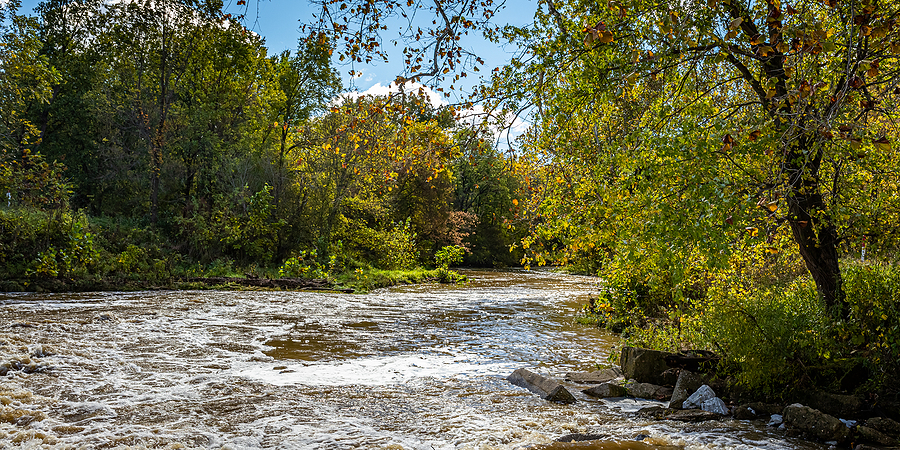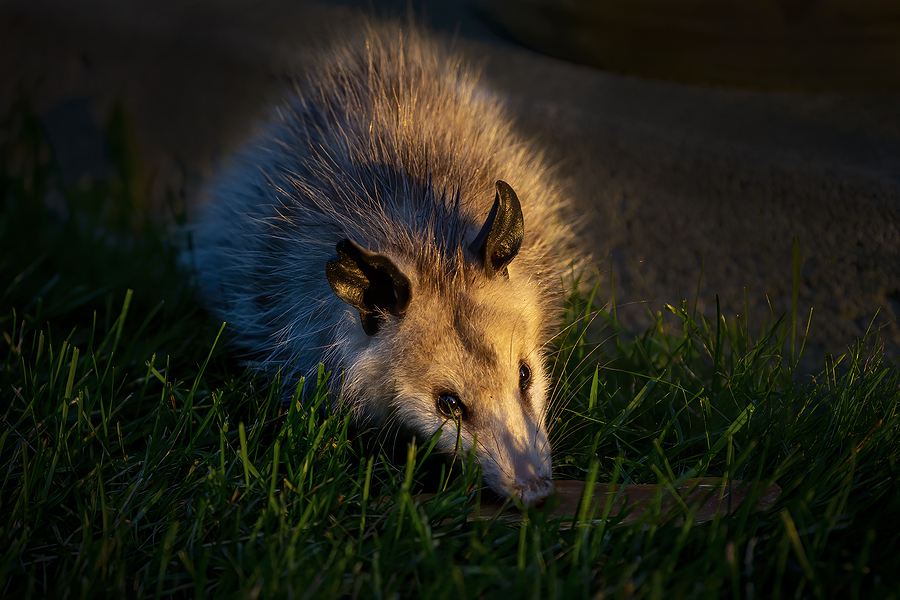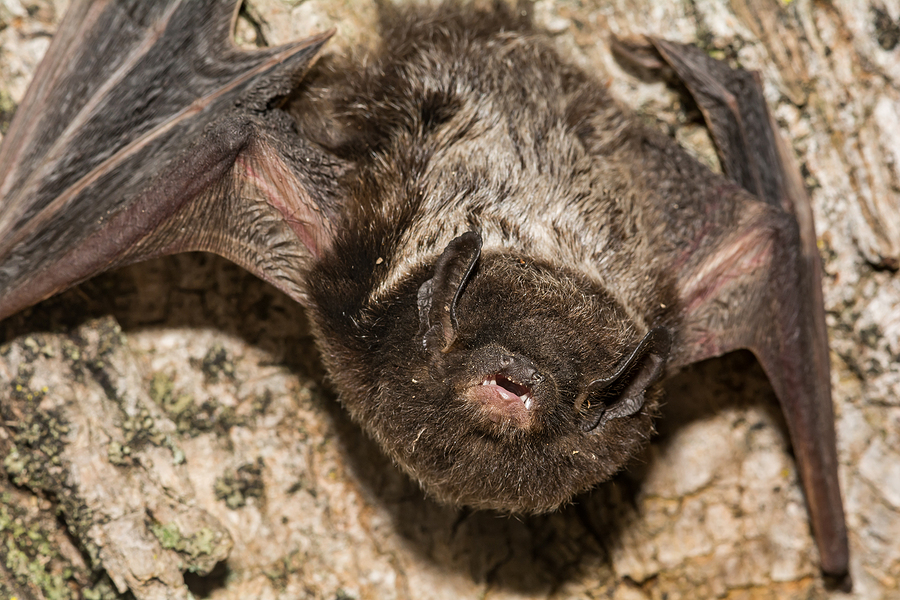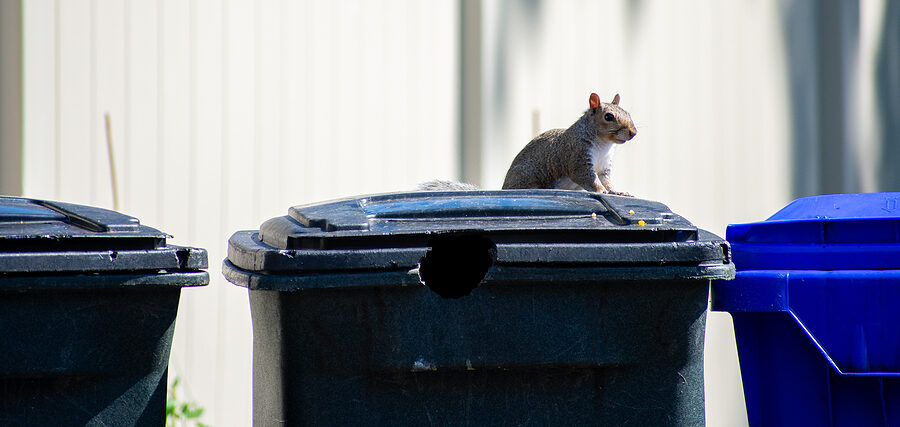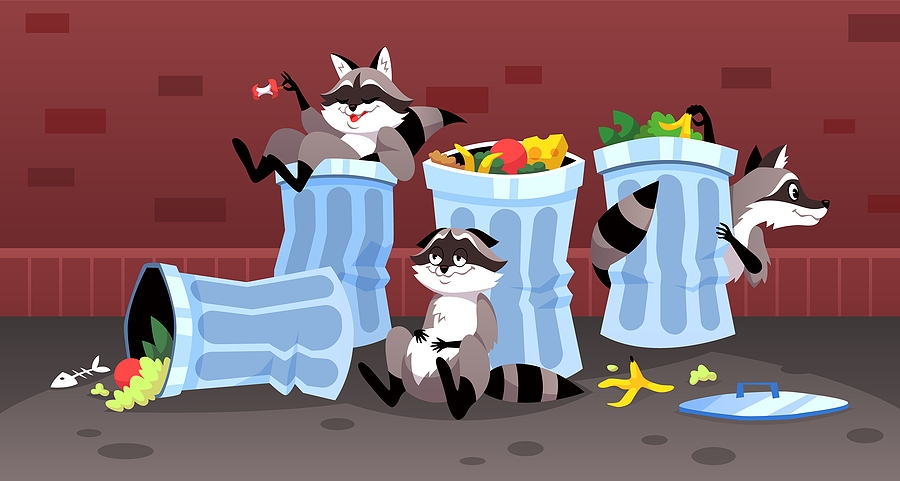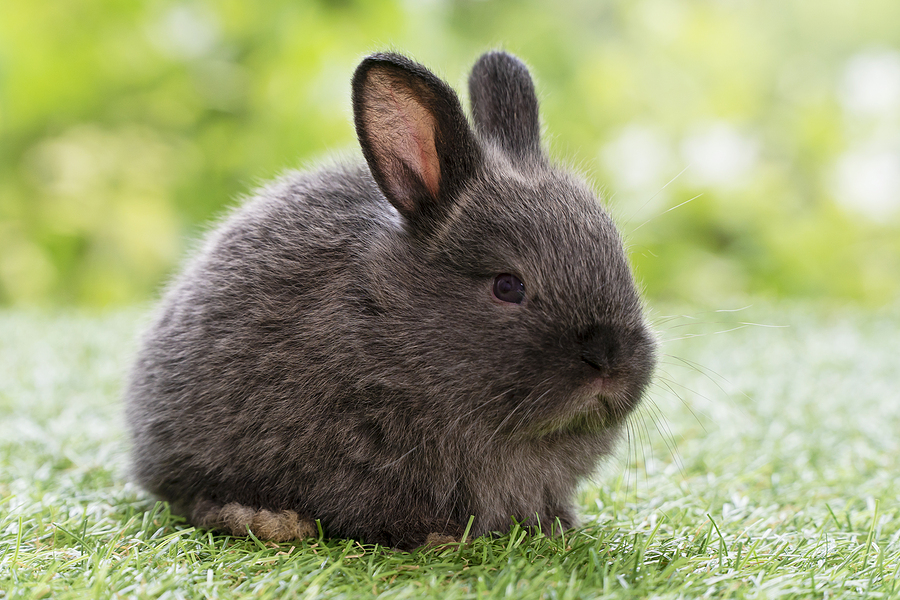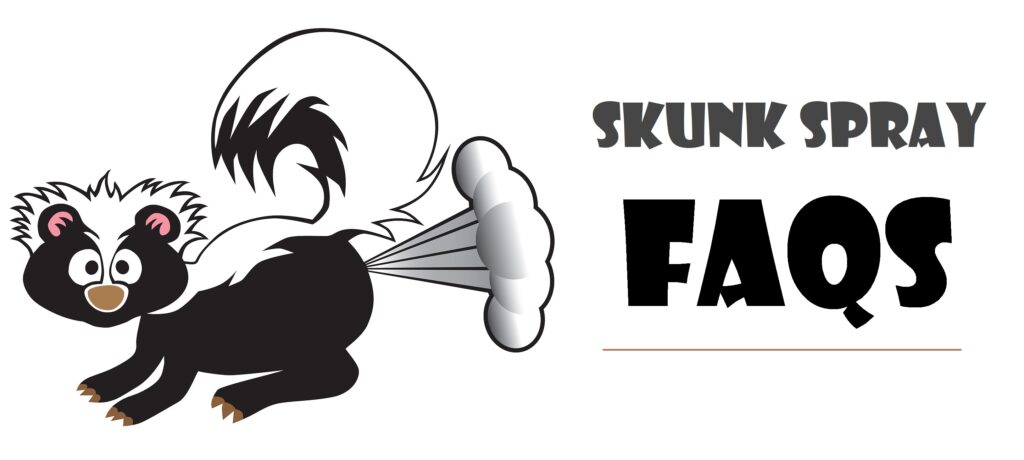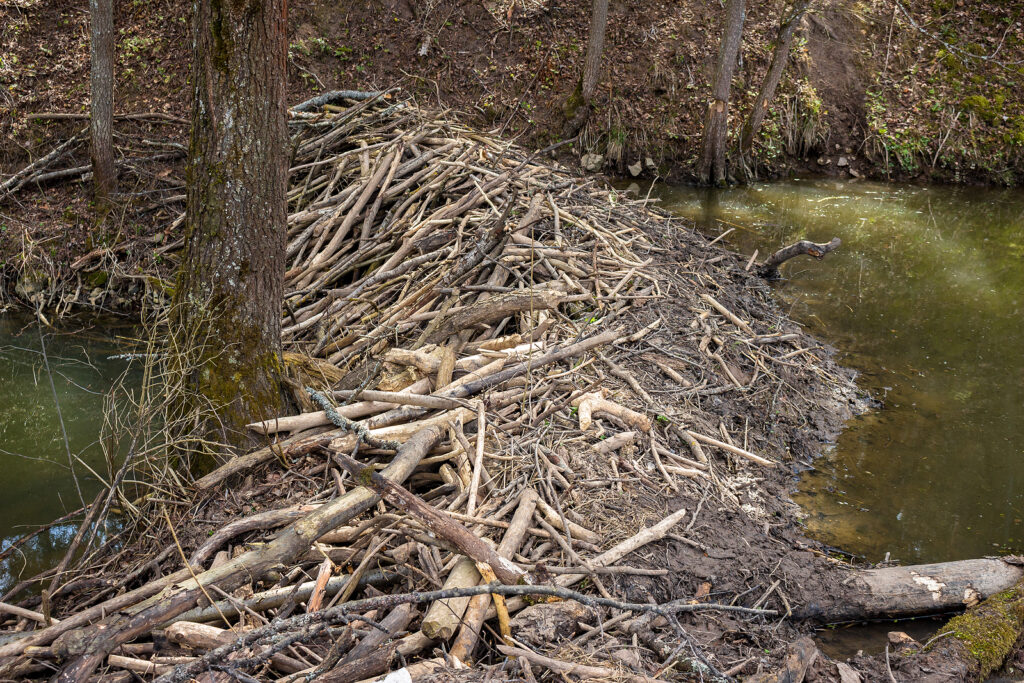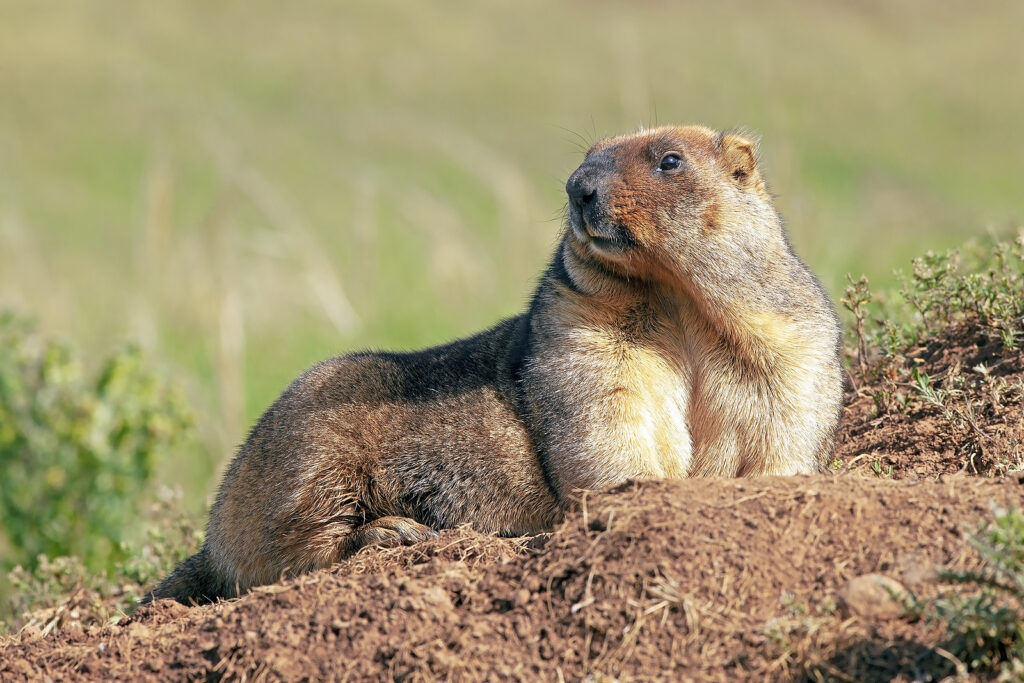If you’ve been having problems with rabbits in your yard, you’re not alone. Rabbits can be a big nuisance, and they can cause a lot of damage. In this post, we’ll discuss how to get rid of rabbits and how to prevent them from becoming a problem in the first place.
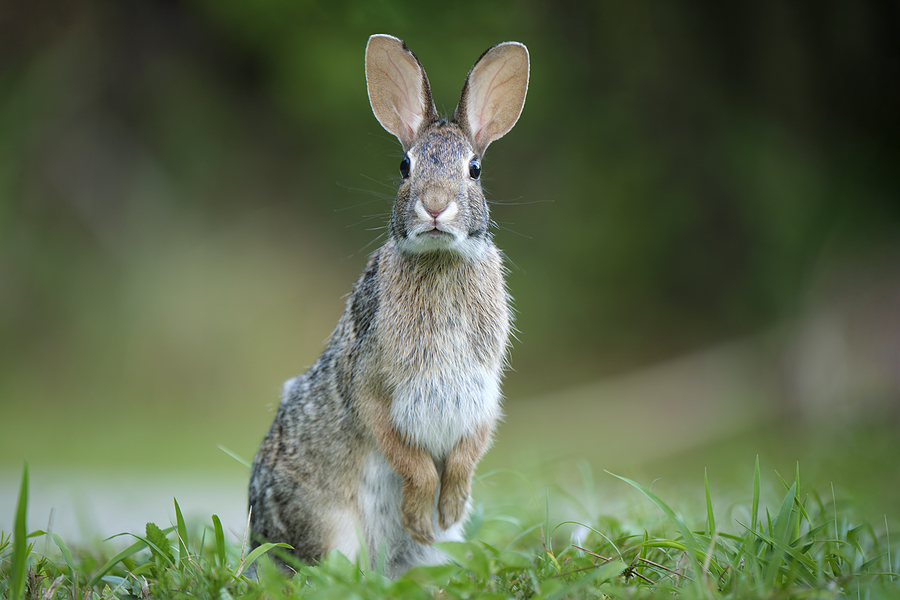
The Common Signs That You Have a Rabbit Problem
Rabbits can cause a lot of damage to your yard and garden if they are not kept under control. Understanding the signs of a rabbit problem will help you to identify it early and take appropriate action. One of the first signs that you may have a rabbit problem is seeing tracks in your yard or garden. Rabbits can also leave behind droppings and damage plants. If you find large holes in the ground, these could be rabbit burrows. Other signs include rabbits eating your flowers or other plants.
The Damage That Nuisance Rabbits Can Do
Rabbits are small, cuddly-looking creatures that can cause immense amounts of damage to a property. They have been known to devastate entire gardens, as well as damage buildings and other structures. Rabbit populations can quickly get out of control, making them a major environmental pest.
Rabbits are voracious eaters and can consume large amounts of vegetation in a short amount of time. They also have very sharp incisors that enable them to gnaw through structures, including wooden fences and posts, tree trunks, wires, and even plastic piping. This can cause significant damage to property over time.
Rabbits are prolific breeders, meaning that they can quickly replenish their numbers. In some cases, a single pair of rabbits can produce over 200 offspring in just one year. This makes it difficult to control the population without human intervention.
In addition to their destructive feeding habits, rabbits also create burrows and tunnels under foundations, which can weaken them and cause structural damage. They can also dig up flower beds and wreak havoc on ornamental gardens.
How to Get Rid of Rabbits
There are a few different ways to successfully get rid of rabbits from your yard, garden, or other outdoor area. One way is to use fencing as a physical barrier to keep the rabbits out. Fencing should be at least 1-2 feet high, sunk several inches into the ground, and have an angled outward extension to prevent the rabbits from digging underneath it. Chicken wire is an effective option that is lightweight and easy to work with.
Another way to get rid of rabbits is to use natural repellents such as pepper spray, garlic or hot sauce mixtures, or predator urine like coyote or fox urine. These products can be sprayed on plants and around the perimeter of the garden to deter rabbits from entering.
If you have a persistent rabbit problem, another option is to trap the rabbits and then release them in a wildlife area away from your home. This is only recommended if your state and county laws permit. Be sure to check local laws and regulations before trapping and relocating any type of wildlife.
Nuisance Wildlife Prevention Tips
In order to prevent damage from rabbits, it is important to take proactive steps such as fencing gardens, removing any food sources that may be attracting the rabbits, and using humane methods of population control. Taking these measures can help protect a property from costly or irreparable damage.
In some areas, it is even necessary to contact an Indianapolis wildlife control company in order to ensure that the rabbit population is managed properly. Taking steps now can prevent major problems in the future. Contact Modern Wildlife Control at 317-847-6409 for licensed and insured animal trapping and removal for rabbits in Indianapolis, Indiana. We serve residential and commercial clients.
Related Posts:
How to Protect Your Garden From Rabbits This Fall
Top 4 Ways to Safely Get Rid of Rabbits
How to Bait and Trap Rabbits

